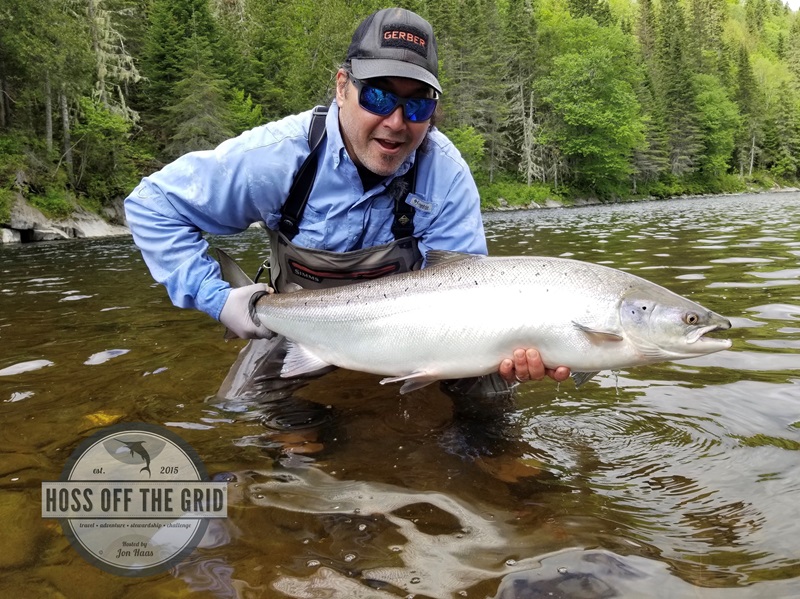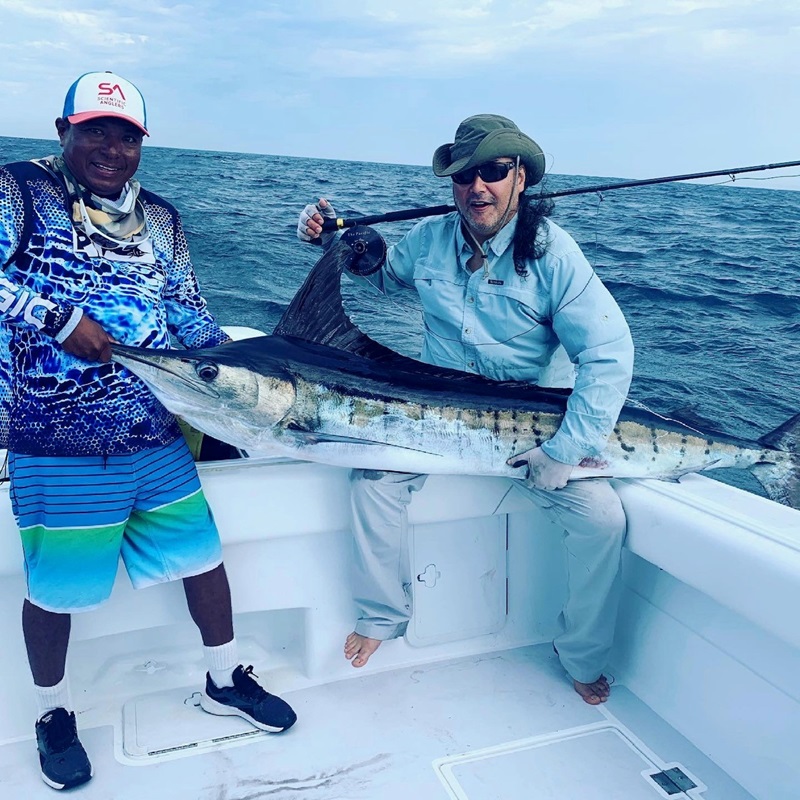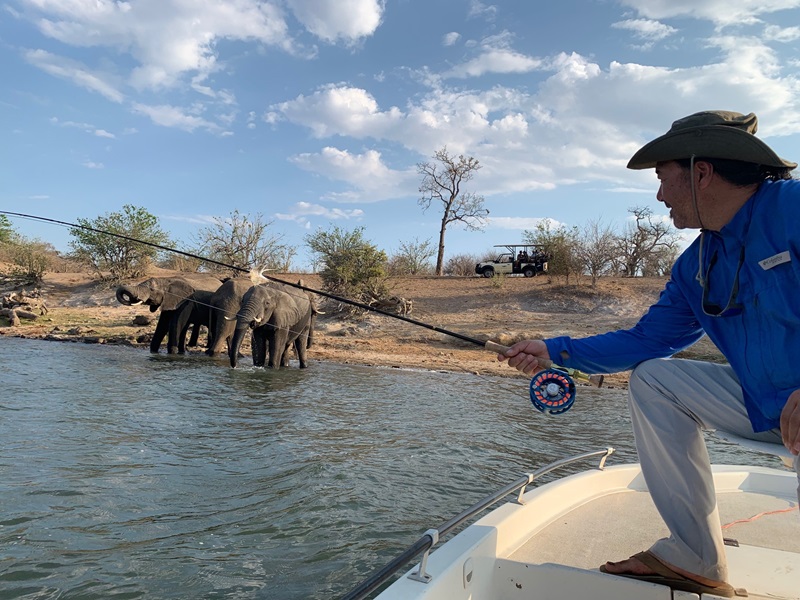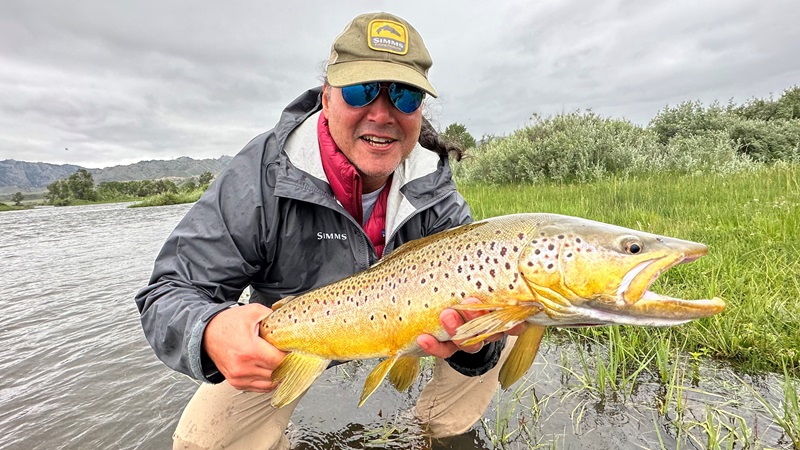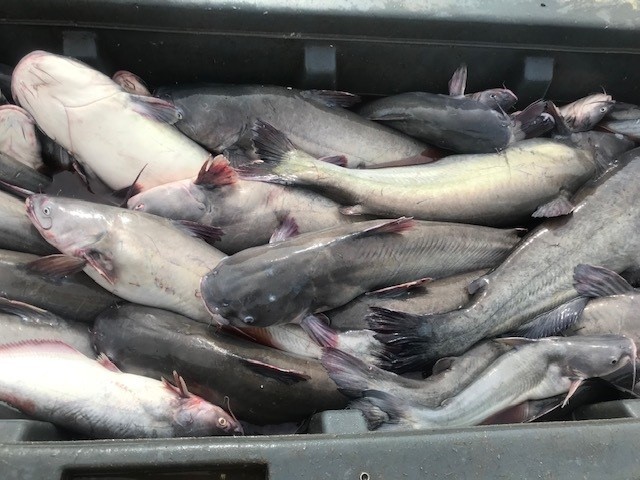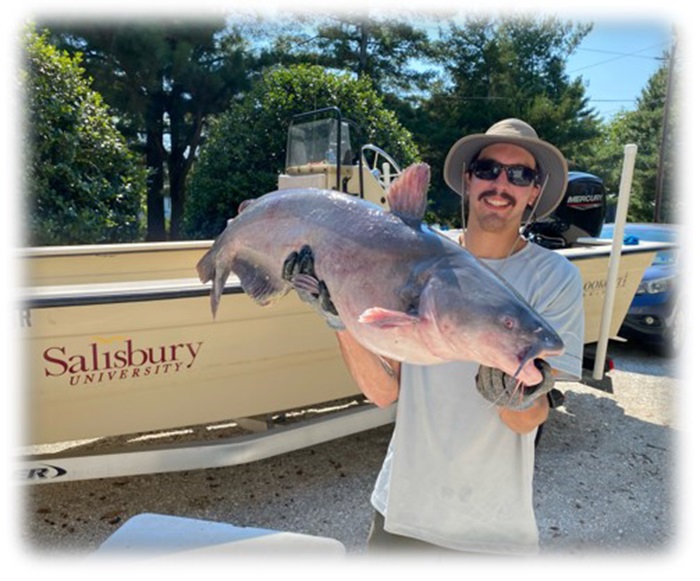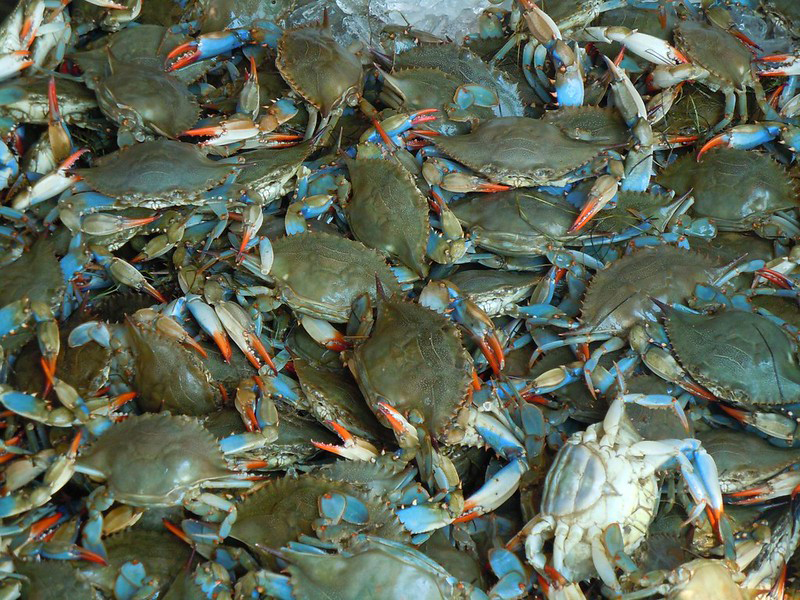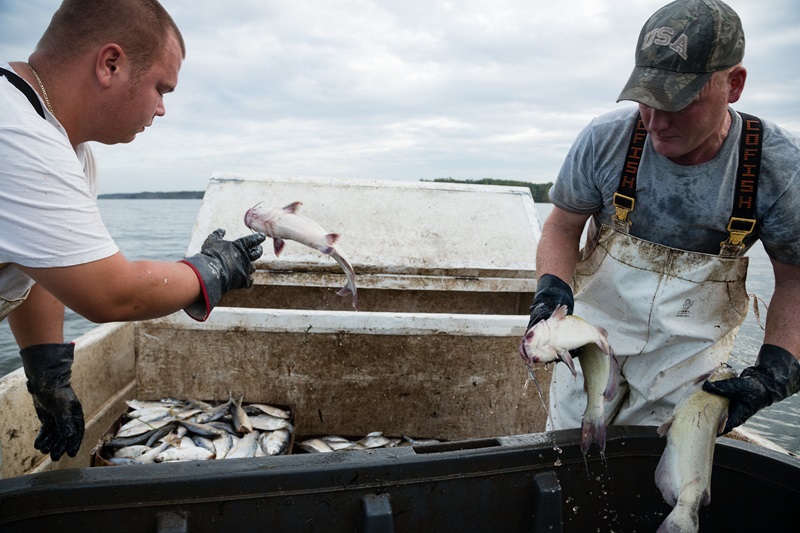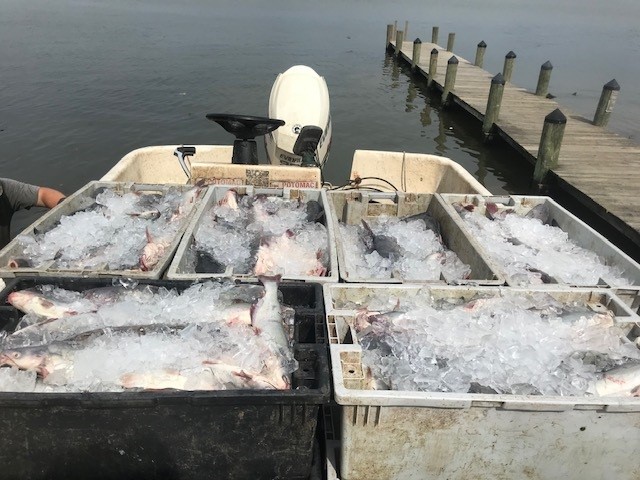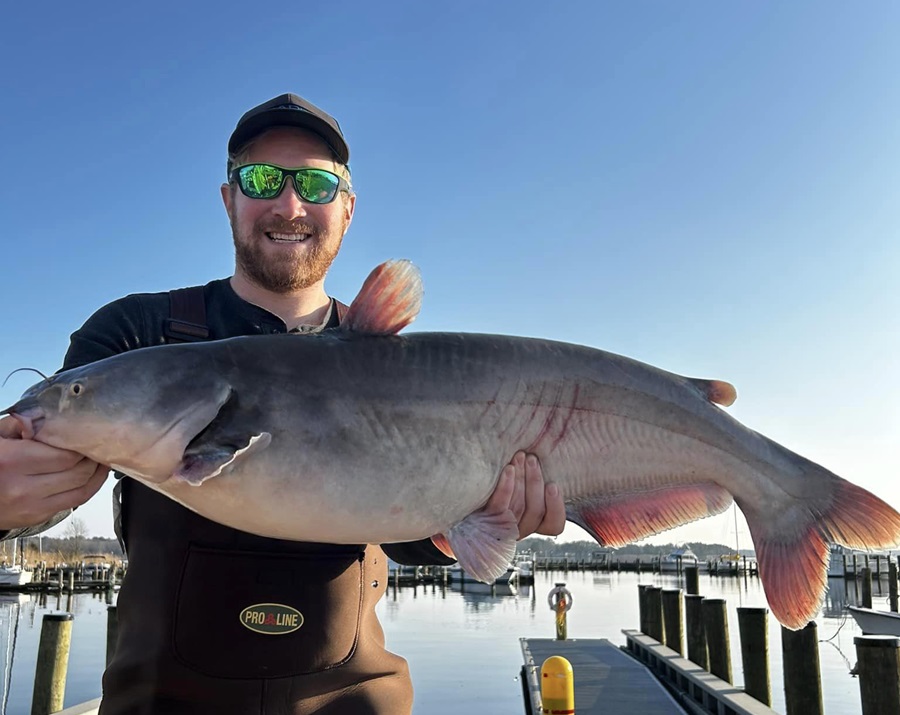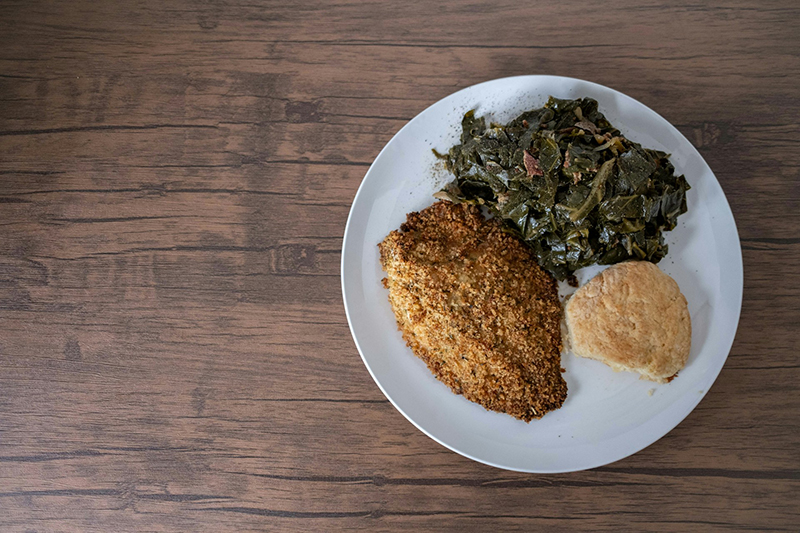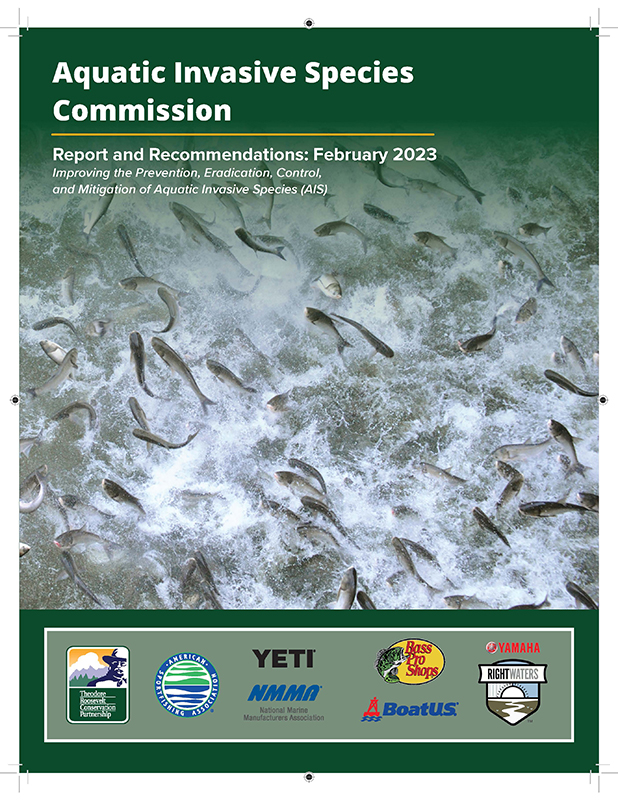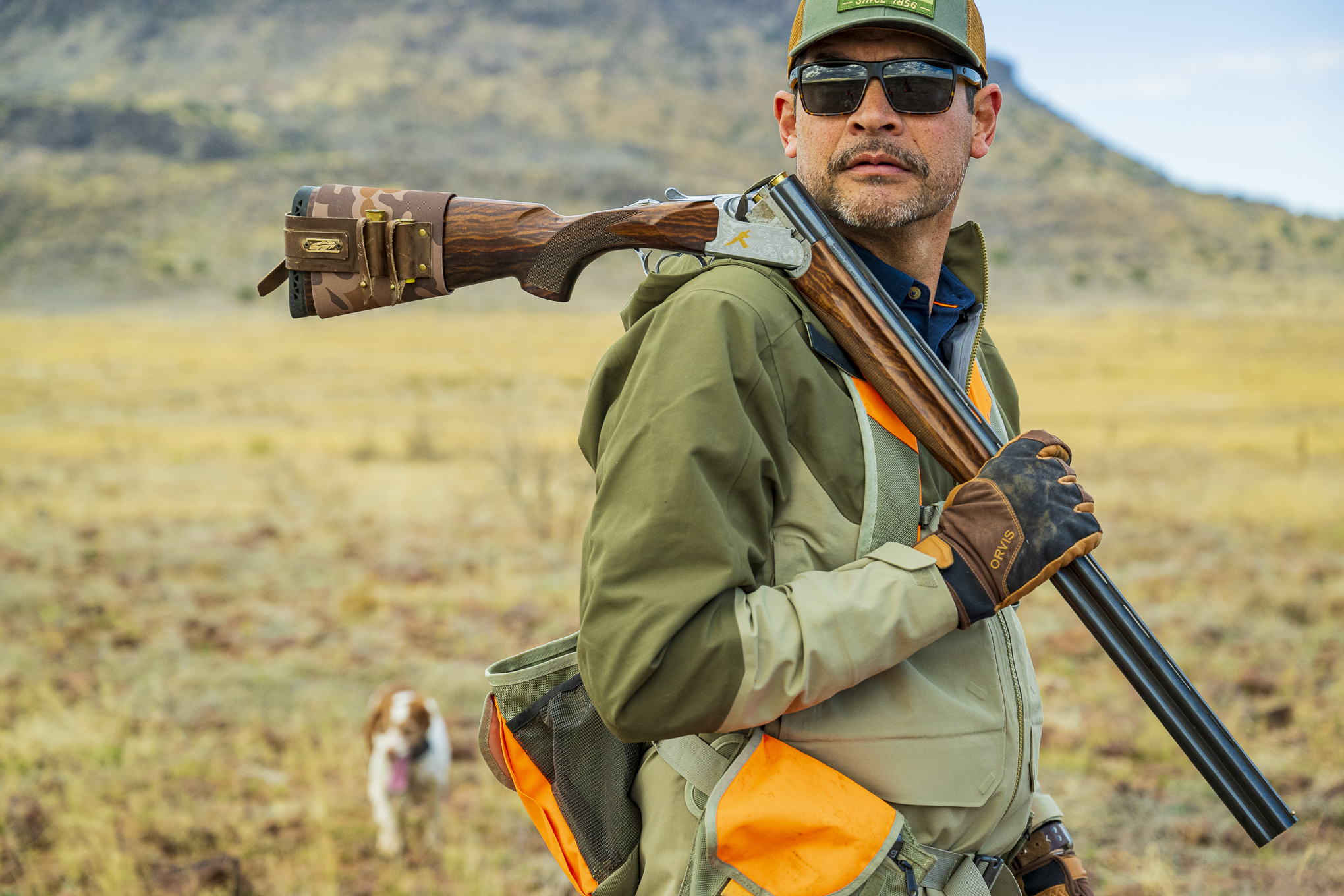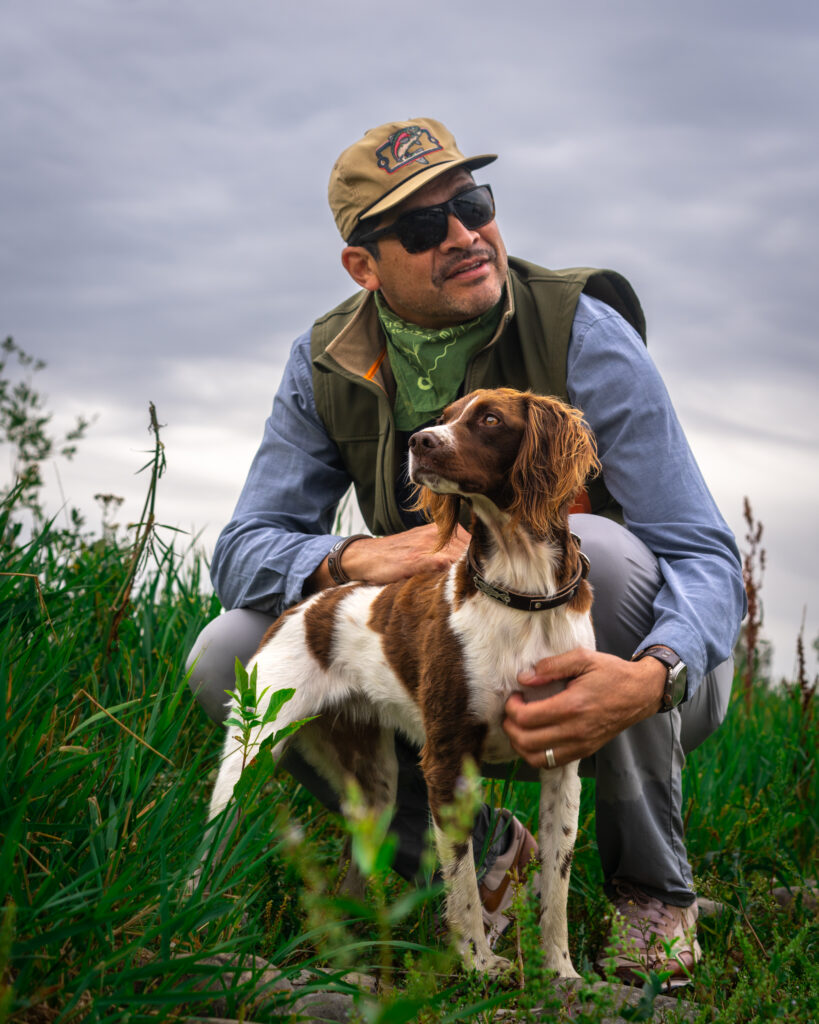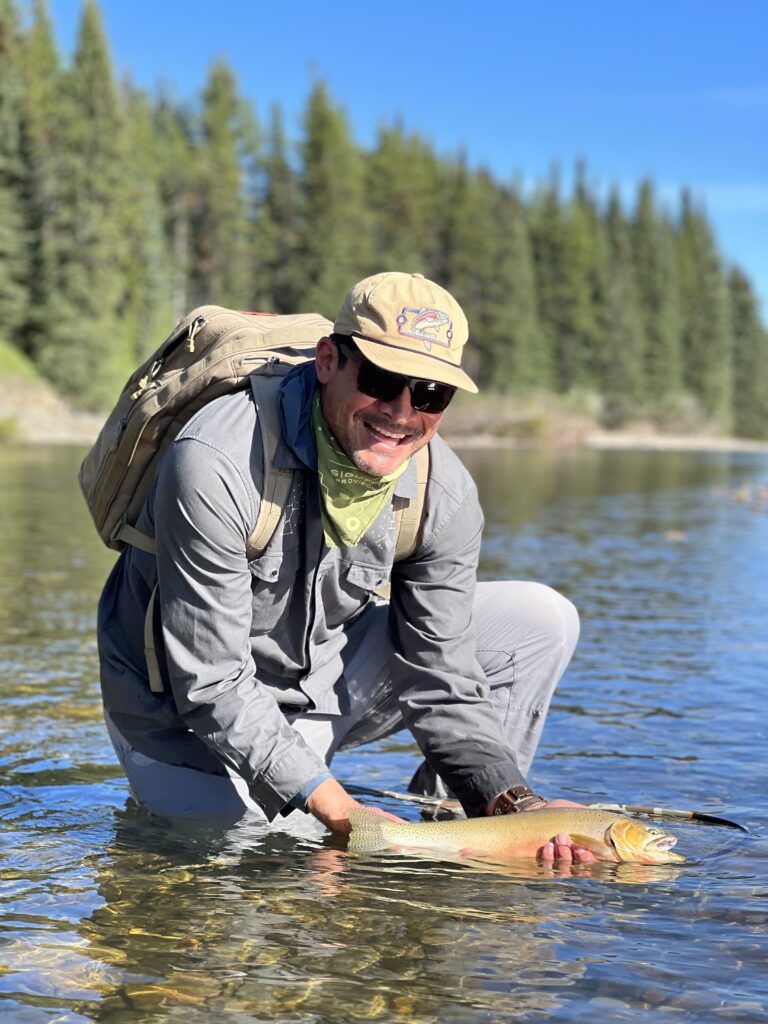Where we have been, and where we are going
The Ruby Mountains will always be a special place to me. I was first introduced to these incredible mountains and the wild they hold on a snowy November morning during the last weekend of the 1972 mule deer season. My brother-in-law’s family had hunted the Rubies many times, and it was with him and his younger brother that I first laid eyes on the mountain range that would fascinate me for the rest of my life.
Having arrived after dark late on a Friday night, we slept crammed like cordwood into my brother-in-law’s old 1959 Willys wagon. My first glimpse of the mountains at daybreak took my breath away. Being just a 15-year-old kid, I was awestruck by the beauty of the Rubies covered with six inches of fresh snow. My companions told me we should be well into the rut and this was going to be a weekend to remember.
We climbed, after a quick breakfast of chocolate chip cookies, to the top of a ridge where we could glass a huge basin filled with aspen groves intermixed with sagebrush, ceanothus, and bitterbrush. The small creeks were choked with aspens and beaver dams. As I looked into that snow-filled bowl, I spotted group after group of mule deer, six to ten or more in every little herd. Each group had a swollen-necked, rutting buck tending does. I had never seen anything like it, and honestly, haven’t seen anything quite like it since.
We looked below us and saw one of these small herds directly below us. The other two fellows were packing iron-sighted rifles, an old Lee Enfield .303 British and an even older Marlin lever action .30-30. I was carrying my Dad’s sporterized 1917 Enfield .30-06 topped with a 2.5 power scope. Since the deer were a bit far for their guns, they convinced me that I should take the shot.
With his mind on the does, the big four-by-four buck had no idea we were right above him. I rested on my knees, found the buck in the scope, and pulled the trigger. I was incredibly lucky that day and dropped a far better buck than a green kid like me deserved as a first deer. It took us several hours to drag that deer out the bottom through the beaver dams and downed aspen to where we could get to that old Willys.
I’m now honored that I have the opportunity to work to ensure that memories like this will continue to be made for others who admire the Ruby Mountains through my position at TRCP and the many partners who share a common vision for the future of this incredible landscape.
Conservation successes hardly ever happen overnight. Some take years, others take decades, and all the while organizations, decision makers, and engaged citizens work together for conservation measures that will maintain the high quality of life wild places provide.
The Ruby Mountains in northeastern Nevada is one such place where the work is still in progress, but progress is being made.
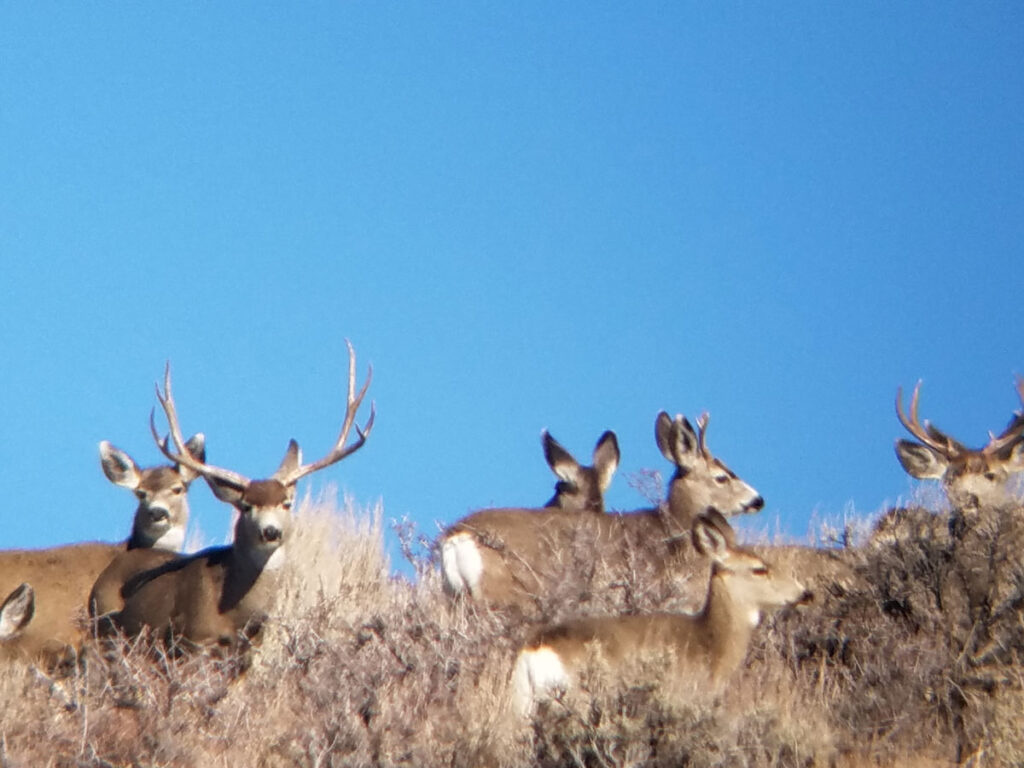
The Ruby Mountains stretch for nearly 100 miles in Elko County. These rugged, glacier-carved peaks and their cold, clear streams serve as a stronghold of native cutthroat trout and other wildlife, while providing an abundance of world-class public land opportunities for hunting, fishing, and other forms of outdoor recreation. They are also the origin of one of the most important big-game migration corridors in the state, utilized by one of its largest mule deer herds, and home to many other fish and wildlife species, including the Lahontan cutthroat trout.
The urgency for conservation safeguards began in 2017 when oil and gas exploration leases were requested on over 53,000 acres of U.S. Forest Service land. Over the next year, Humboldt Toiyabe Forest personnel analyzed potential impacts to the area, while at the same time, a groundswell of public opposition to development formed. When the public comment period on the proposal opened, thousands of individuals and organizations spoke out against the proposal.
Finally, in 2019, Forest Supervisor Bill Dunkelberger issued a no-leasing decision on the request. However, within days of that decision, expressions of interest were filedon an additional 88,000 acres, many of which were the same parcels previously denied. It became clear to TRCP and our partners that whoever was behind the requests for oil and gas leasing was not going away.
After hearing the many pleas to protect the iconic Ruby Mountains by denying requests to lease for oil and gas drilling, Nevada Senator Catherine Cortez Masto(D)introduced legislation to permanently withdraw the Ruby Mountains area of the Humboldt Toiyabe Forest from leasing for oil and gas development.
In a bipartisan move, Nevada Representative Mark Amodei (R) introduced a similar companion bill. The two bills have been reintroduced each session of Congress since 2019, including in 2023. Yet, despite many efforts, neither have gone to the floor of their respective chambers for a full vote. Both decision makers and the hunting, fishing, and conservation organizations that support the legislation have realized that the best chance of establishing the necessary safeguards is to incorporate the bills into a larger, compatible, multistate lands package. Unfortunately, Congress has provided no such opportunity.
Seeing the need for interim safeguards on the ground while a permanent approach waits to advance in Congress, Senators Cortez Masto and Jacky Rosen (D-NV) requested a 20-year administrative withdrawal from leasing by the Biden administration. In a series of letters to Secretary of Interior Deb Haaland in August and November 2023, the Senators asked the Secretary to take the necessary action for a withdrawal of approximately 350,000 acres from mineral development. Under theMineral Leasing Act of 1920, the U.S. Department of Interior is charged with administering oil and gas leasing on the nation’s forests, as well as Bureau of Land Management acres.
This action, and the related legislation, is supported by the Te-Moak Tribe of Western Shoshone of Nevada, who consider the area sacred ancestral land and whose reservation sits along the western flank of the Rubies. The Ruby Mountains are considered central to the lives of the Western Shoshone peoples.
In addition, Sportsmen for the Rubies, a coalition of 15 Nevada hunting and fishing groups, has supported bipartisan efforts to pass legislation permanently conserving the Rubies since 2019 and also supports the request for a temporary administrative mineral withdrawal.
So many hunting and fishing opportunities for Nevada sportsmen and women are tied to the wildness of the Ruby Mountains and the Ruby Lake National Wildlife Refuge. Because of these invaluable qualities, the diverse, bipartisan support of tribes, legislators, and citizens remains strong and will continue to take steps forward to protect the places Nevadans love to hunt and fish. The TRCP has been at the forefront of urging conservation measures for this landscape be established, and while we’ve already come a long way, we continue our refrain of action: to urge the Bureau of Land Management to take administrative action to withdraw the oil and gas resources from leasing within the Ruby Mountains and Ruby Lake Refuge to safeguard this truly unique landscape in Nevada. And ultimately for congress to pass the Ruby Mountains Protection Act.
To speak up for the Ruby Mountains, sign up below for our weekly newsletter that will keep you updated for opportunities to take action.
The TRCP is your resource for all things conservation. In our weekly Roosevelt Report, you’ll receive the latest news on emerging habitat threats, legislation and proposals on the move, public land access solutions we’re spearheading, and opportunities for hunters and anglers to take action. Sign up now.
This blog has been modified from an article first published by The Nevada Independent.
Photo Credit: J. Harsha

